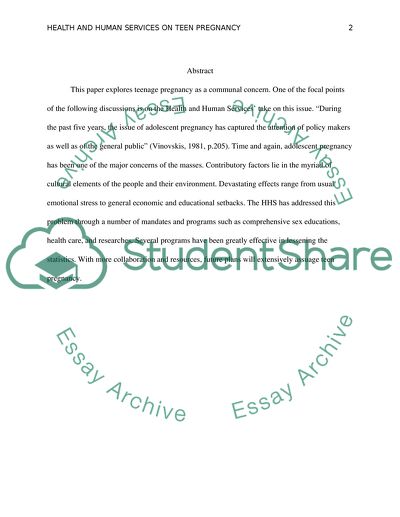Cite this document
(“Health and Human Services on Teen Pregnancy Research Paper - 1”, n.d.)
Health and Human Services on Teen Pregnancy Research Paper - 1. Retrieved from https://studentshare.org/health-sciences-medicine/1618609-health-and-human-services
Health and Human Services on Teen Pregnancy Research Paper - 1. Retrieved from https://studentshare.org/health-sciences-medicine/1618609-health-and-human-services
(Health and Human Services on Teen Pregnancy Research Paper - 1)
Health and Human Services on Teen Pregnancy Research Paper - 1. https://studentshare.org/health-sciences-medicine/1618609-health-and-human-services.
Health and Human Services on Teen Pregnancy Research Paper - 1. https://studentshare.org/health-sciences-medicine/1618609-health-and-human-services.
“Health and Human Services on Teen Pregnancy Research Paper - 1”, n.d. https://studentshare.org/health-sciences-medicine/1618609-health-and-human-services.


